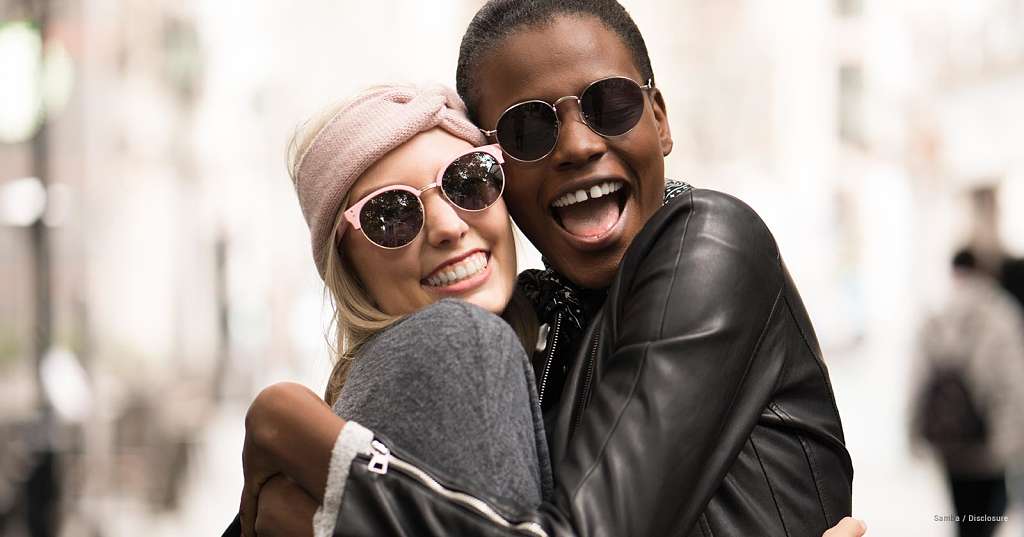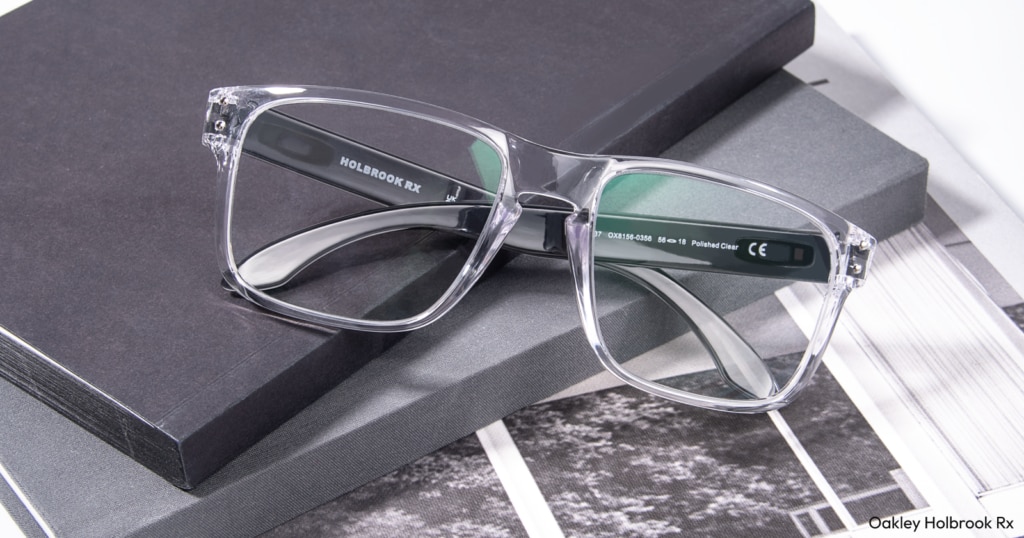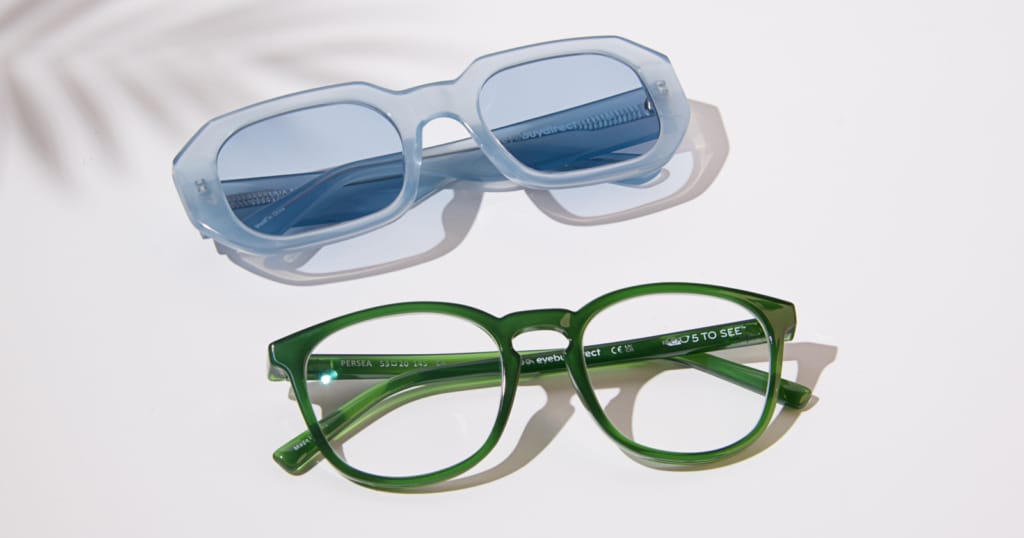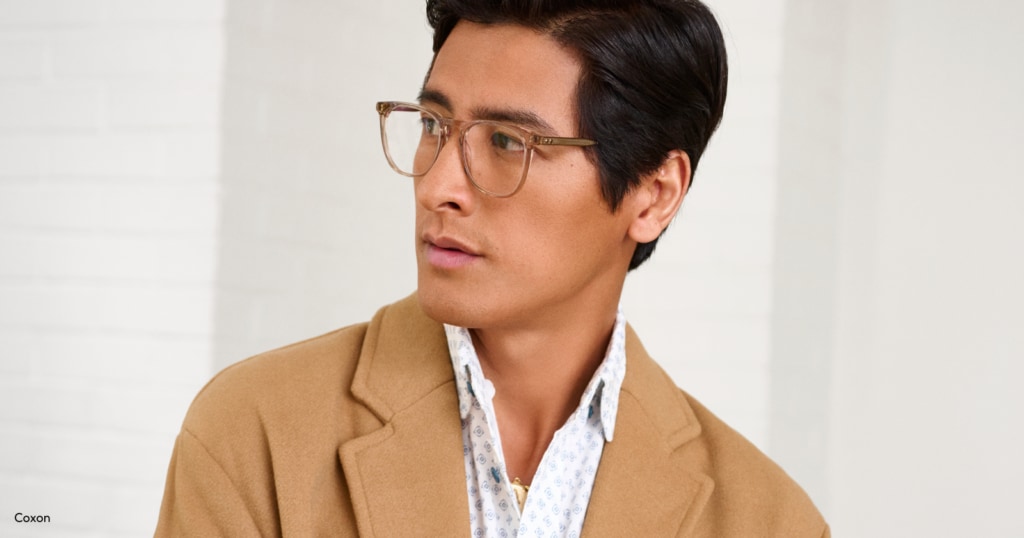It’s a sunny day, and you’re about to go outside. You’ve already lathered on the sunscreen because you’re familiar with the risks of leaving your skin exposed to the sun’s harmful ultraviolet (UV) rays. From sunburn to skin cancer, it’s not a pretty picture. But what about your eyes? Are you doing enough to protect your vision?
Here are some things to consider on your path to preventing UV damage to your peepers:
What eye problems are caused by UV rays?
Prolonged exposure to UV radiation can lead to short or long-term damage to the eyes and the surrounding sensitive tissue, including:
- Cataracts
- Macular degeneration
- Photokeratitis (also called corneal sunburn or snow blindness)
- Pinguecula
- Pterygia
- Premature aging
- Eye, eyelid and skin cancer
Are there different types of UV radiation?
There are three types of UV rays with differing levels of energy:
- UVA rays have been linked to the development of several eye conditions, including cataracts and macular degeneration, and it’s believed they play a role in some cancers. They have the lowest energy level.
- UVB rays are higher-energy than UVA rays. They’re the ones that cause suntan, sunburn and premature skin aging. They’re associated with a few eye problems — photokeratitis, pinguecula and pterygia — and most skin cancers.
- UVC rays have the most energy of the three types, and, luckily, almost all of them are blocked by the ozone.
How are people exposed to UV rays?
Most commonly, people are exposed to UV radiation through sunlight, but man-made devices, such as tanning beds and heat lamps, black-light lamps, welding torches and phototherapy, also give off UV rays.
What is the UV Index?
The UV Index, produced by the National Weather Service and Environmental Protection Agency, forecasts how much UV radiation is expected to reach the ground the following day and rated on a scale from 1 to 11+. Along with the ratings, there are assigned risk levels and safety precautions recommended to avoid damage from exposure, such as staying indoors, applying sunscreen more frequently, and wearing UV-blocking sunglasses and protective clothing.
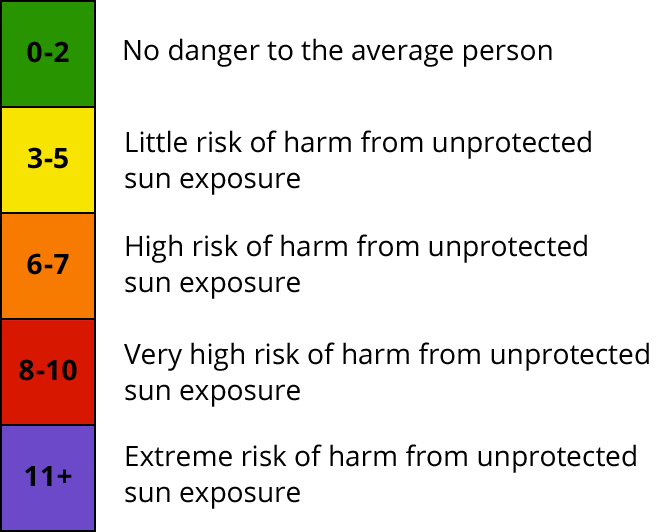
A UV Index
How can you protect your eyes from the sun?
You have several options when it comes to shielding your eyes from the sun and maintaining your corrected vision, including:
Prescription sunglasses: If you don’t want to worry about putting anything over your regular glasses, consider prescription sunglasses. The most you’ll have to do is switch your glasses when you go outside.
Transitions lenses: Also called light-adaptive lenses, photochromic lenses are clear while you’re inside and automatically darken in sunlight. Instead of having to physically switch to sunglasses or attach your clip-on shades, you can simply walk into the sunlight and let your lenses do all the UV protection work for you.
Clip-on sunglasses: Designed to be worn over your regular glasses, clip-on sunglasses are portable, slip easily into place and won’t scratch your prescription lenses.
In addition to protecting your eyes, it’s also important to protect your eyelids and the other sensitive skin around your eyes. Make sure to wear sunscreen and wide-brimmed hats outside to provide yourself with the best level of coverage.
Do darker lenses block more UV rays?
The tint of your sunglass lens doesn’t necessarily matter, as long as it provides 100% UV protection or is rated UV 400, the maximum level of UV protection. If you’re in the buying process and can’t tell what an item includes, contact the retailer’s customer service team.
If you already have sunglasses but aren’t sure how much UV protection they provide, there’s a tool that can check that. Take them to your eye doctor and ask if they can measure your sunglasses’ UV blocking power.
Who needs UV protection?
Everyone needs UV protection, including — and especially — children! However, some people are at higher risk for UV-related eye damage than others, including those who:
- Have had cataract surgery
- Take drugs that make them more sensitive to light, including Retin-A skin cream and some antibiotics
- Have light-colored eyes
- Spend a lot of time outside
Many parents are good about making their children use sunscreen, but they don’t realize the additional importance of UV-blocking sunglasses. Because UV damage accumulates over time, it’s critical for children to protect their eyes. Sunglasses on kids may be cute, but they also could be preventing long-term eye damage.
When and where are UV rays the strongest?
According to the American Cancer Society, the strength at which UV rays reach the ground (and you) depends on the time of day, the season of the year, and geographic location. UV radiation is strongest:
- Between 10 a.m. and 4 p.m.
- During the spring and summer
- Closer to the equator
- At higher elevations
Do I need sunglasses if it’s cloudy or cold out?
Yes. It’s very possible to get UV damage on a cloudy day, in the shade or in the middle of winter. Clouds don’t block UV rays, and reflected surfaces like snow and ice can increase your UV exposure. In the shade, you may be out of the direct sun, but you’re still exposed to reflections and glare from streets, buildings, pools, and other objects and surfaces.
No matter where you are, it’s most important that you protect your eyes and skin — with sunglasses, sunscreen, clothes and a brimmed hat — and limit the amount of time you spend outside.
Do I need sunglasses if my contacts block UV rays?
Yes, even if your contacts provide UV protection, each one only covers a portion of your eye. Sunglasses completely cover your eyes, eyelids and some of the sensitive skin surrounding your eyes.
Is it safe to tan without goggles?
No. Technically, it isn’t safe to use a tanning bed at all. The artificial UV rays from tanning beds can be up to 100 times stronger than the natural UV rays from the sun, putting any user at much higher risk for skin cancer, immune suppression, sunburn, premature aging and eye damage.
But if you plan to use a tanning bed anyway, protective eye goggles are an absolute must. Studies have shown that the use of tanning beds can lead to permanent eye damage, such as cataracts and numerous forms of cancer. The FDA now requires salons to provide protective eye goggles for tanning bed users, so you don’t have to bring your own pair. However, if you really want to look tanned, a sunless self-tanning product or spray tan is always a much safer option.
What about vitamin D?
While you can get the “sunshine vitamin” naturally from the sun, it’s safer and more reliable to get it through your diet and vitamin supplements. Vitamin D is associated with numerous health benefits, including calcium absorption — which helps make your bones stronger — and promoting the proper functioning of your immune, nervous and muscle systems.

